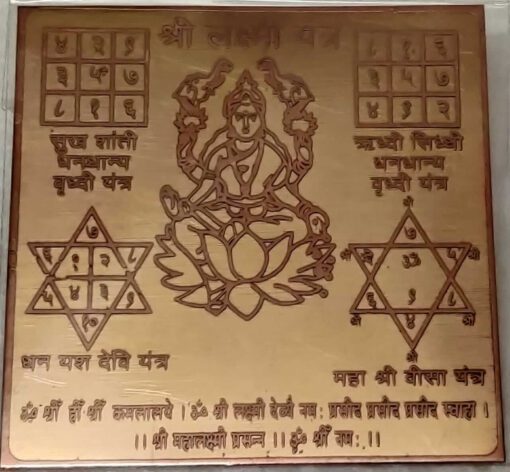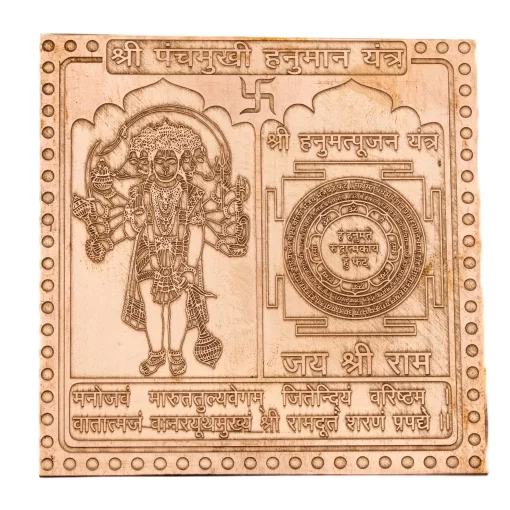Wavs
Maha Saptami
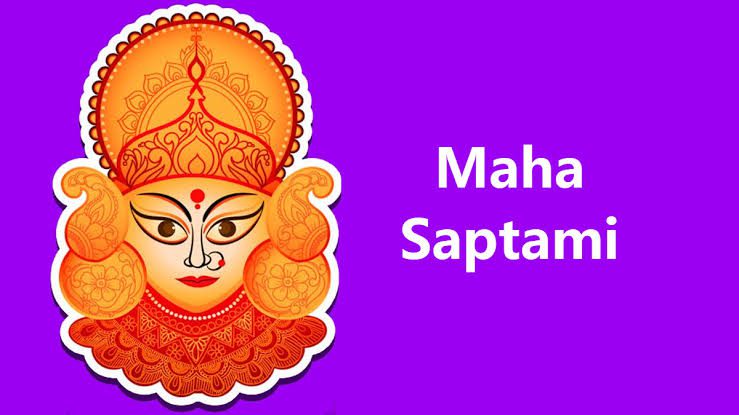
Maha Saptami is on 10 October
Maha Saptami, a significant day during the auspicious occasion of Durga Puja, holds deep cultural and religious importance in Hindu tradition, particularly in Bengal and other parts of India where the festival is celebrated with great fervor. This thousand-word description delves into the rituals, spiritual significance, cultural elements, and festive atmosphere surrounding Maha Saptami.
Introduction to Durga Puja and Maha Saptami
Durga Puja, also known as Navaratri or Durgotsav, is a major Hindu festival dedicated to Goddess Durga, the divine embodiment of strength, courage, and feminine power. It spans nine days, with each day representing a different manifestation of the goddess and culminating in Vijayadashami, the tenth day celebrated as Dussehra. Maha Saptami, the seventh day of Durga Puja, holds particular significance as it marks the beginning of the main festivities and rituals associated with the worship of Goddess Durga.
Rituals and Observances on Maha Saptami
Morning Prayers and Kalparambha
The day begins with devotees waking up early to perform ritualistic prayers and ablutions. They cleanse themselves physically and spiritually to prepare for the day’s festivities. The morning rituals often include Kalparambha, the ceremonial invocation of Goddess Durga into a sacred vessel or Kalash, symbolizing her presence and blessings throughout the festival.
Mahasnan and Adorning the Goddess
Following the morning prayers, the idol of Goddess Durga, adorned in traditional attire and jewelry, undergoes a ceremonial bath known as Mahasnan. This purifying ritual is performed amidst chanting of Vedic hymns and mantras, symbolizing the purification of the deity and the environment for her divine presence.
Saptami Puja and Aarti
As the day progresses, devotees gather at pandals (temporary structures or elaborately decorated temples) to witness and participate in the Saptami Puja ceremony. Priests perform intricate rituals involving the offering of flowers, fruits, sweets, and sacred items to the goddess. Devotees offer prayers and seek blessings for prosperity, health, and protection from the goddess.
The highlight of the Saptami Puja is the recitation of hymns and prayers dedicated to Goddess Durga, praising her valor and divine attributes. The atmosphere reverberates with the sound of conch shells, bells, and devotional songs, creating a spiritually charged ambiance.
Nabapatrika Snan and Kolabou Snan
Maha Saptami also witnesses the Nabapatrika Snan, a ritualistic bath of nine sacred plants symbolizing the nine forms of Goddess Durga. These plants, tied together in a bundle, are bathed in a holy water body amidst chants and prayers. This ritual signifies the purification and consecration of nature’s elements, invoking blessings for fertility, prosperity, and well-being.
Simultaneously, Kolabou Snan, or the bathing of the banana plant (Kola Bou), is performed. The banana plant, symbolizing Goddess Lakshmi, is adorned with red and white threads and bathed in a ceremonial manner. This ritual signifies the presence of all goddesses during Durga Puja and their blessings upon devotees.
Bhog and Distribution of Prasad
After the puja rituals conclude, devotees participate in the offering of Bhog (sanctified food) to the goddess. The Bhog, consisting of traditional dishes like khichuri (a rice and lentil preparation), labra (mixed vegetable curry), and sweets like payesh (rice pudding), is first offered to the goddess and then distributed as Prasad (blessed food) among the devotees. Sharing Prasad is believed to bring spiritual blessings and divine grace to the recipients.
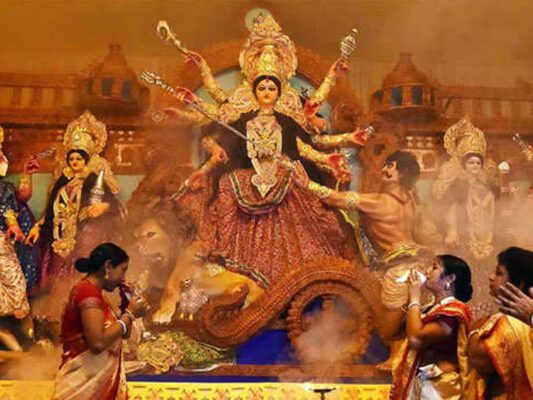
Maha Saptami holds profound significance within the Hindu festival of Durga Puja, particularly in the states of West Bengal, Assam, and other regions where the festival is fervently celebrated. It marks the seventh day of Navaratri, a nine-night festival dedicated to Goddess Durga and her various manifestations. The significance of Maha Saptami can be understood through several key aspects:
-
Commencement of Festivities: Maha Saptami is considered the beginning of the main celebrations of Durga Puja. It marks the day when Goddess Durga begins her journey from Mount Kailash to Earth, accompanied by her divine entourage and the blessings of other gods and goddesses. This day sets the stage for elaborate rituals, puja ceremonies, and cultural festivities that continue through Navaratri.
-
Rituals and Worship: The day is characterized by intricate rituals performed to invoke the presence of Goddess Durga into her idol. These rituals include Kalparambha (the ceremonial planting of a banana tree symbolizing the goddess), Prana Pratishtha (invocation of the deity’s spirit into the idol), and Shodashopachara Puja (worship involving sixteen ritualistic steps). Devotees offer prayers, flowers, fruits, sweets, and incense to seek the blessings of the goddess for prosperity, protection, and spiritual upliftment.
-
Symbolism and Mythological Significance: Maha Saptami is steeped in mythology that underscores the victory of good over evil. It commemorates the divine intervention of Goddess Durga to vanquish the buffalo demon Mahishasura, restoring harmony and righteousness in the cosmos. The rituals performed on Maha Saptami symbolize the preparation for battle against negativity and the empowerment of devotees with divine grace.
-
Cultural and Social Celebrations: Beyond its religious import, Maha Saptami is a time of vibrant cultural celebrations and community gatherings. It brings together people from diverse backgrounds to participate in the joyous festivities, including colorful processions, traditional music and dance performances, and elaborate decorations of pandals (temporary structures housing the goddess’s idol). These celebrations foster a sense of unity, cultural pride, and social cohesion among devotees.
-
Spiritual Renewal: Maha Saptami serves as an opportunity for spiritual renewal and introspection. Devotees reflect on the virtues of courage, righteousness, and devotion embodied by Goddess Durga. It is a time to seek inner strength, overcome challenges, and reaffirm faith in the divine presence that protects and nurtures devotees.
In essence, Maha Saptami is a day of profound spiritual significance and cultural celebration during Durga Puja. It honors the divine feminine energy represented by Goddess Durga and signifies the triumph of good over evil, invoking blessings for peace, prosperity, and spiritual fulfillment among devotees.
Maha Saptami holds profound significance within the Hindu festival of Durga Puja, particularly in the states of West Bengal, Assam, and other regions where the festival is fervently celebrated. It marks the seventh day of Navaratri, a nine-night festival dedicated to Goddess Durga and her various manifestations. The significance of Maha Saptami can be understood through several key aspects:
-
Commencement of Festivities: Maha Saptami is considered the beginning of the main celebrations of Durga Puja. It marks the day when Goddess Durga begins her journey from Mount Kailash to Earth, accompanied by her divine entourage and the blessings of other gods and goddesses. This day sets the stage for elaborate rituals, puja ceremonies, and cultural festivities that continue through Navaratri.
-
Rituals and Worship: The day is characterized by intricate rituals performed to invoke the presence of Goddess Durga into her idol. These rituals include Kalparambha (the ceremonial planting of a banana tree symbolizing the goddess), Prana Pratishtha (invocation of the deity’s spirit into the idol), and Shodashopachara Puja (worship involving sixteen ritualistic steps). Devotees offer prayers, flowers, fruits, sweets, and incense to seek the blessings of the goddess for prosperity, protection, and spiritual upliftment.
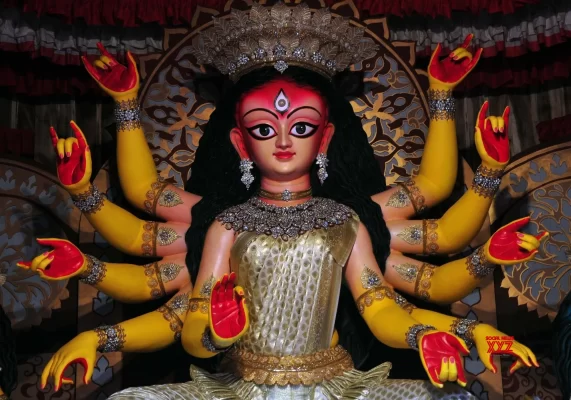
Symbolism and Mythological Significance: Maha Saptami is steeped in mythology that underscores the victory of good over evil. It commemorates the divine intervention of Goddess Durga to vanquish the buffalo demon Mahishasura, restoring harmony and righteousness in the cosmos. The rituals performed on Maha Saptami symbolize the preparation for battle against negativity and the empowerment of devotees with divine grace.

